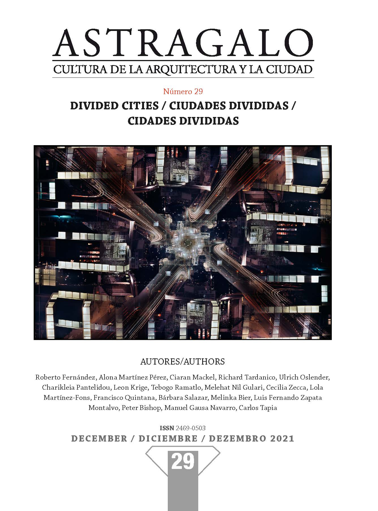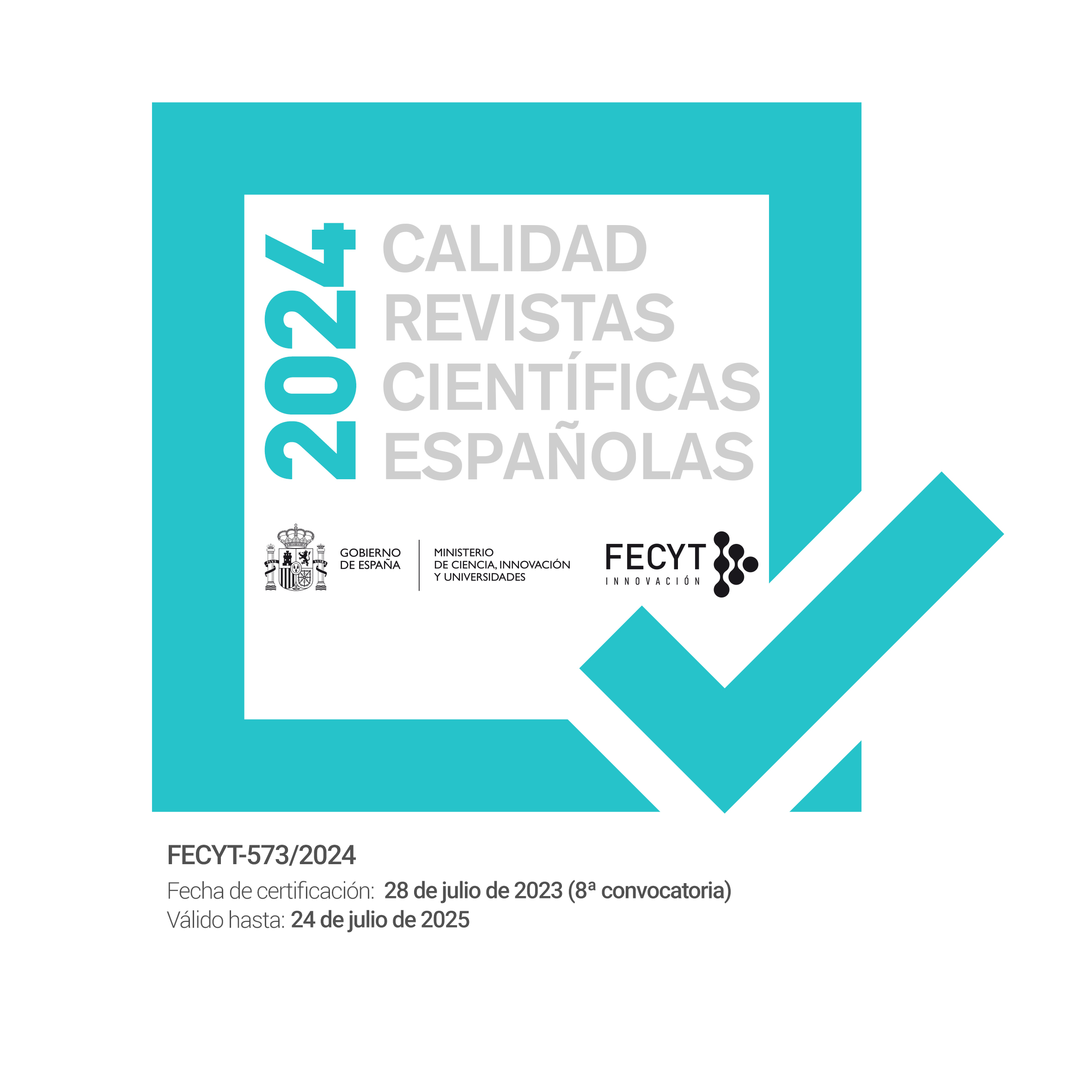Belfast Interregnum:
Walls, Voids, and Forward to New Ground and Porous Borders
Keywords:
Belfast, Walls, Urban Voids, Porous Borders, Divided Cities.Abstract
Good cities reward those who walk, looking outwards and upwards, and reflecting on the paths taken and on the sauntering asides that open an easy relationship with the city and its neighbourhoods. The Spanish paseo and the Italian passeggiata are, of course, as much about meeting friends and family as about using the connecting streets and passageways between one part of the city and another, and such act of walking is liberating, enjoyable and important in the making of place.
Belfast does not, in many neighbourhoods, have that easy, social connectivity. The once easy cross-city network of minor streets is, in large part, gone. Interface walls, motorways, and other barriers and separation devices are not overtly visible in the commercial city core but continue to define key emblematic neighbourhoods. And the growth of small-scale political tourism manifested in several bus, black-taxi trails and short neighbourhood walks to visit the interface areas and their walls, have potential result, unfortunately, that such walls, as artefacts of conflict, could tend towards permanence.
As one of many post-conflict cities, Belfast is still emerging from its historical and localised condition of manifested deep-seated sectarianism, where identities and allegiances are linked to a strongly held sense of ownership of territory. Hence, the reluctance to build in void spaces that could help resolve the housing crisis and be model for housing-led regeneration and model for development-partnering for change with the public, private and community sectors.
The once daily reality in the small nurture-field city-of-camouflage and the desire for a more-connected city and neighbourhood does, however, have creative possibility, where conflict, friction, and collaborative opportunity – the collision and kiss of confluence – as creative act, can influence and impact one upon the other, that, as we know, sparks fly: alight.
The spirit of self-help and community resilience, the confluence of history, cultural continuity, and an urgent need to act remains an opportunity for transformative change: for the making of new ground in an emerging city-form.
Downloads
References
Allmendinger, Philip. 2002. Planning Theory. Hampshire: Palgrave.
Baudrillard, Jean and Nouvel, Jean. 2002. The Singular Objects of Architecture. University of Minnesota Press.
Brighenti, Andrea Mubi and Mattias Kärrholm. 2019. Urban Walls: Political and Cultural Meanings of Vertical Structures and Surfaces. Oxfordshire: Routledge.
Burns, Anna. 2018. Milkman. London: Faber & Faber.
Calame, Jon and Esther Charlesworth. 2009. Divided Cities, Belfast, Beirut, Jerusalem, Mostar, and Nicosia. Philadelphia: University of Pennsylvania Press.
Carson, Ciarán. 1987. The Irish for No. Dublin: Gallery Books.
Carson, Ciarán. 1989. Belfast Confetti. Oldcastle: Gallery Books.
Carson, Ciarán. 1997. The Star Factory. London: Granta Publications.
Chipperfield, David (ed). 2012. Common Ground: A Critical Reader. Venice: Marsilio Editori.
Cosstick, Vicky. 2015. Belfast: Toward a City Without Walls. Newtownards: Colourpoint Books.
Dawe, Gerald. 2003. “The Revenges of the Heart, Belfast and the Poetics of Space.” The Cities of Belfast, edited by Nicholas Allen and Aaron Kelly. Dublin: Four Courts Press.
Evans, Emyr Estyn. 1984. Ulster: The Common Ground. Dublin: Lilliput Pamphlets/2.
Feldman, Allen. 1991. Formations of Violence: The Narrative of the Body and Political Terror in Northern Ireland. Chicago and London: University of Chicago Press.
Gaffikin, Frank, Ken Sterrett, Malachy McEldowney, Mike Morrissey, and Maeliosa Hardy. 2008. Planning Shared Space for a Shared Future: A Research Report for Community Relations Council. Belfast: QUB.
Heaney, Seamus. 1996. The Redress of Poetry. London: Faber and Faber.
Irvine, W. R (ed). 2008. From the Small Back Room: Festschrift for Ciarán Carson. Belfast: Neatherlea.
Johnson, Wesley. 2014. The Belfast Urban Motorway. Newtownards: Colourpoint Books.
Krell, David Farrell (ed). 2011. Martin Heidegger Basic Writings, Building Dwelling Thinking. London: Routledge.
Mubi Brighenti, Andrea and Kärrholm, Mattias. 2019. Urban Walls: Political and Cultural Meanings of Vertical Structures and Surfaces. Oxfordshire: Routledge.
Murtagh, Brendan. 2002. The Politics of Territory: Policy and Segregation in Northern Ireland. Hampshire: Palgrave.
O’Toole, Fintan (ed). 2013. A History of Ireland in 100 Objects. Dublin: Royal Irish Academy.
Tschumi, Bernard. 1996. Event-Cities. Cambridge, Massachusetts: MIT Press.
White, Lawrence William, and James Quinn (eds). 2015. Portraits and Lives. Dublin: Royal Irish Academy.
Downloads
Published
How to Cite
Issue
Section
License

This work is licensed under a Creative Commons Attribution-NonCommercial-ShareAlike 4.0 International License.














